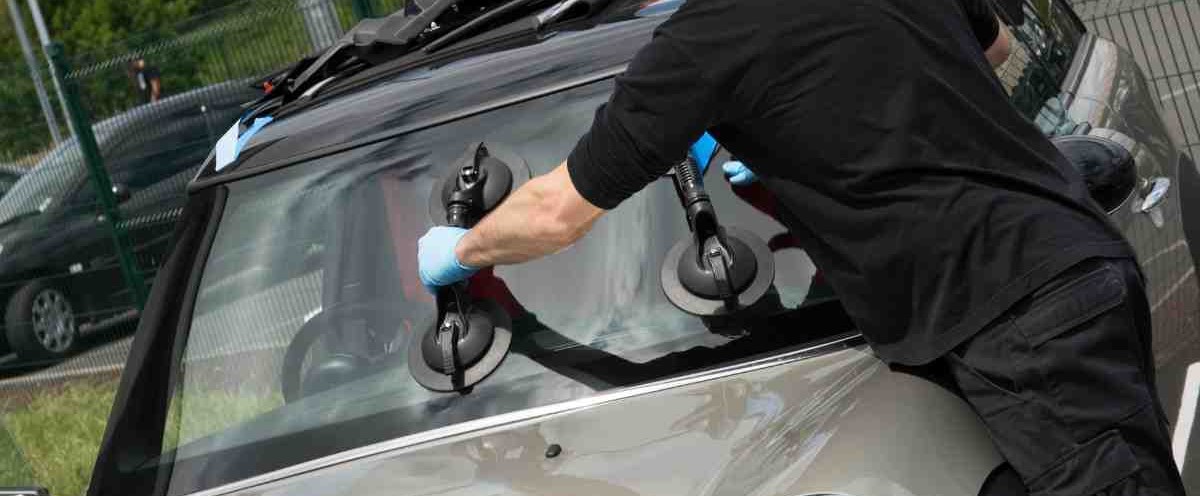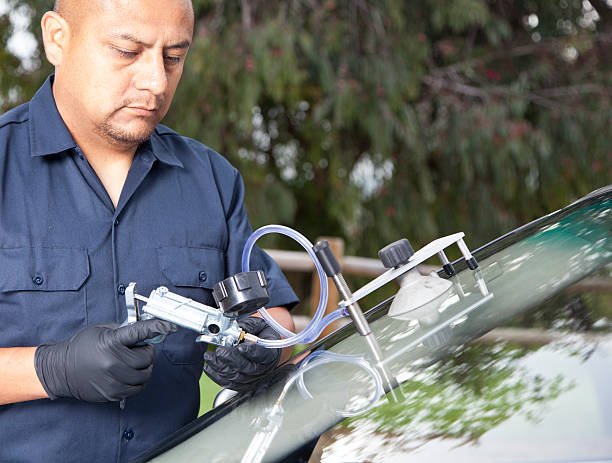
Paradise Mobile Auto Glass
Drive Safe, Drive Clear with Paradise's Premier Auto Glass Services.
(702) 659-8464
As we navigate through an era increasingly defined by environmental consciousness, it becomes imperative to scrutinize every facet of our daily lives for its impact on our planet. This scrutiny extends to the realm of vehicle maintenance, particularly to the often-overlooked aspect of auto glass repair and replacement. These services, while essential for vehicle safety and functionality, carry with them a unique set of environmental considerations.
The process of repairing or replacing car windshields and windows, though seemingly straightforward, involves elements that can leave a significant ecological footprint. From the manufacturing and disposal of glass to the use of various chemicals, each step of this process can contribute to environmental stress. In this discussion, we aim to shed light on these often unnoticed impacts. By understanding the nuances of how auto glass repair and replacement affect our environment, we can begin to seek out and implement practices that mitigate these effects, paving the way for more sustainable vehicle maintenance and a healthier planet.
(702) 659-8464One of the primary environmental concerns with auto glass repair and replacement is the generation of waste. When windshields or car windows are replaced, the old glass needs to be disposed of. Unfortunately, not all of it can be recycled. Auto glass is laminated, which means it’s made of layers of glass and plastic. This composition makes recycling complex and not always feasible. As a result, a significant portion of this glass ends up in landfills.
The process of manufacturing new auto glass requires a substantial amount of energy. It involves high temperatures to melt and mold the glass, leading to significant energy consumption and the associated greenhouse gas emissions. Additionally, the transportation of new windshields from the manufacturer to suppliers and repair shops also contributes to carbon emissions.
Repairing auto glass often involves various chemicals, like adhesives and resins. These materials can be harmful to the environment if not handled correctly. When they enter landfills, there’s a risk of them leaching into the soil and potentially contaminating groundwater.
One of the simplest ways to reduce environmental impact is to opt for repairing the glass instead of replacing it whenever possible. Repairing chips or small cracks prevents the need for a whole new windshield, thus reducing waste and the need for new glass manufacturing. For guidance on how to effectively handle these repairs, managing broken car windows can offer straightforward solutions.
When repair or replacement is necessary, selecting services that use eco-friendly materials can make a difference. Some repair companies use sustainable adhesives and resins with lower environmental footprints. Additionally, choosing a service that adopts energy-efficient practices, like using recycled materials or renewable energy sources, also contributes positively.
Although recycling laminated auto glass is challenging, it’s not impossible. Some specialized facilities can separate the glass from the plastic, allowing the glass to be recycled. Encouraging and supporting businesses that utilize recycled glass in their products or that partner with recycling facilities can help in reducing waste.
Ensuring that the waste generated from auto glass repair and replacement is disposed of responsibly is crucial. This includes properly handling chemicals and ensuring that they don’t contaminate the environment. Choosing repair shops that have clear waste management policies can help in this regard.
Awareness is key to change. By educating ourselves and others about the environmental impact of auto glass repair and replacement, we can make more informed decisions. This could involve asking questions about recycling policies, the type of materials used, and how waste is managed.
On a broader scale, advocating for change within the auto glass industry can lead to more sustainable practices. This could mean supporting legislation for better recycling programs or encouraging manufacturers to develop more eco-friendly glass and repair materials.
While the auto glass repair and replacement industry is not the largest contributor to environmental harm, its impact is nonetheless significant. By being mindful of this impact and taking steps to minimize it, we can contribute to a healthier planet.
Choosing to repair rather than replace, opting for eco-friendly services, supporting recycling efforts, and being conscious of waste disposal are all steps we can take to reduce our ecological footprint. Additionally, spreading awareness and advocating for greener practices in the industry can lead to more significant changes over time. Every action we take, no matter how small, can have an impact on the environment. In the context of auto glass repair and replacement, avoiding common auto glass repair mistakes is crucial for ensuring effectiveness and environmental responsibility.
Copyright 2024 © Paradise Mobile Auto Glass, All Right Reserved.